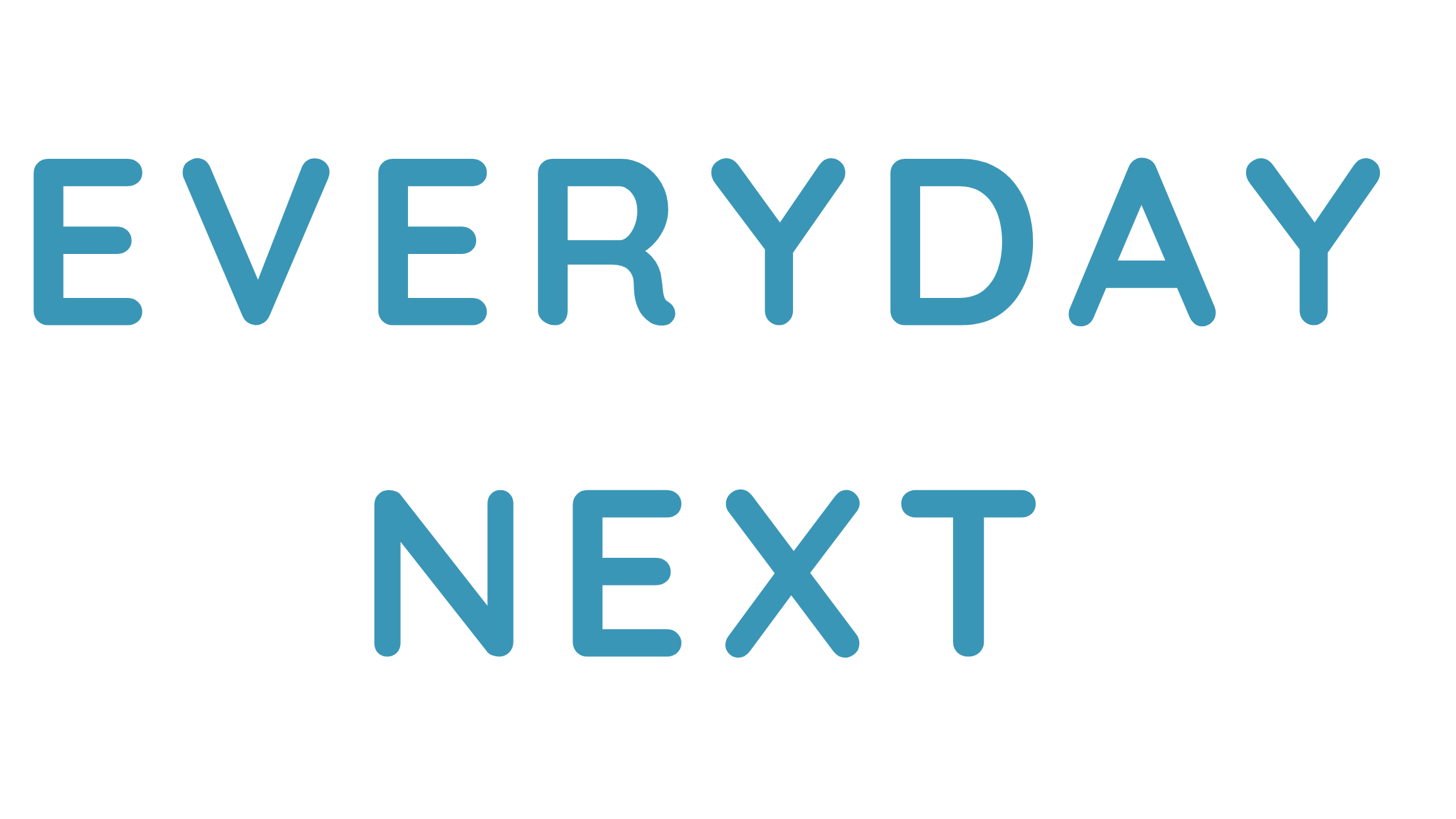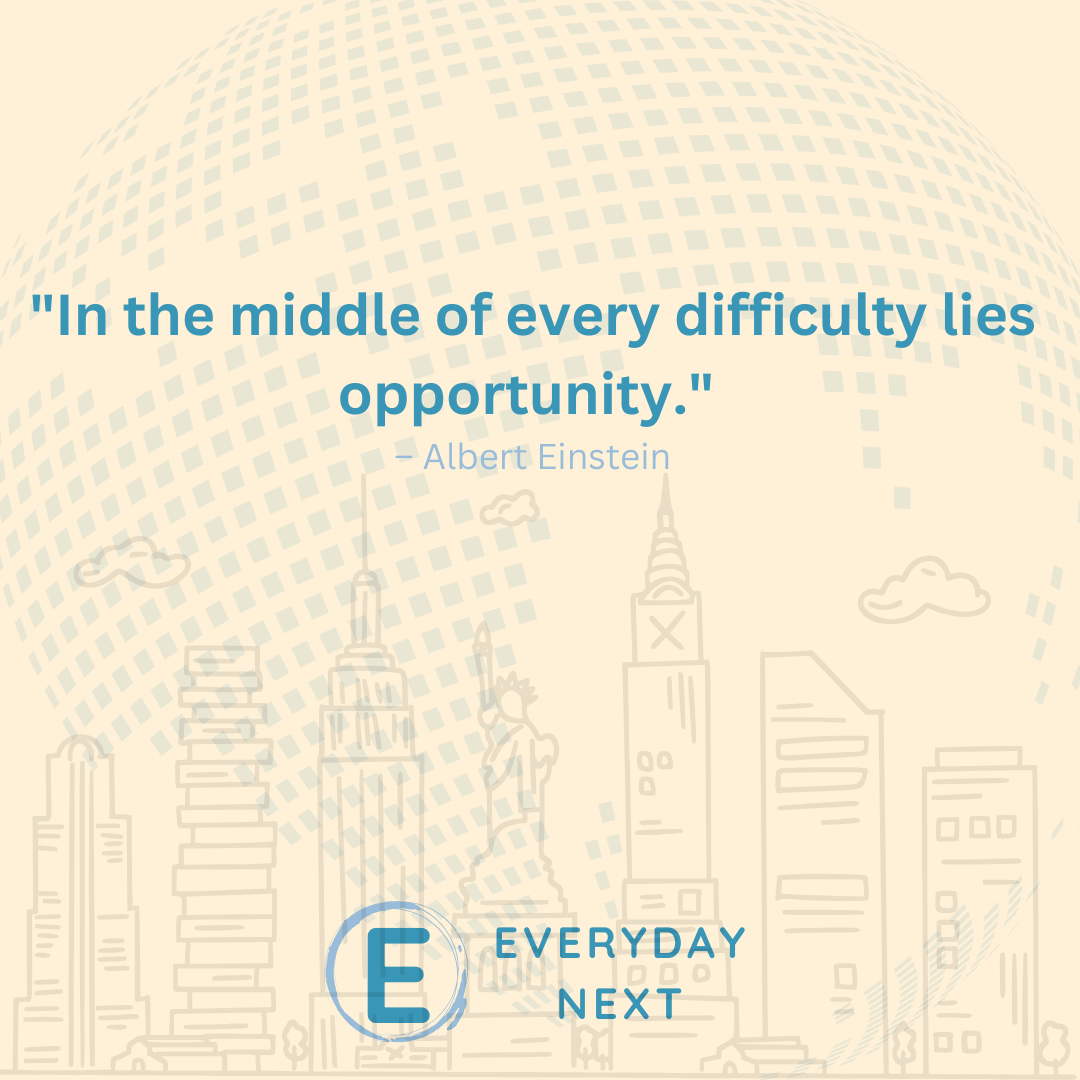
Intermittent Fasting: Why It’s America’s #1 Diet Trend Today
Intermittent fasting has quickly become a household term in American Wellness Culture. As more people seek effective and sustainable weight loss solutions, fasting is taking the lead. From celebrities to fitness experts, everyone is embracing this practice not just to shed pounds but to boost energy, improve focus, and support longevity. The shift from calorie-counting diets to lifestyle-based eating patterns has made fasting more appealing than ever. With the blend of science-backed benefits and simple routines, it’s easy to see why fasting is currently America’s #1 diet trend.
Understanding the Basics of Intermittent Fasting
Intermittent fasting involves alternating cycles of eating and fasting. Rather than focusing on what to eat, it emphasizes when to eat. There are several popular methods of fasting:
- 16/8 Method: Eat within an 8-hour window and fast for the remaining 16 hours.
- 5:2 Diet: Eat normally for five days, restrict calories on two non-consecutive days.
- Eat-Stop-Eat: Involves a full 24-hour fast once or twice per week.
The idea behind fasting is to give the body time to burn fat, regulate hormones, and improve metabolic function. The simplicity of the method makes it accessible to a wide audience. It fits different lifestyles and doesn’t require expensive meal plans or exotic ingredients.

The Science-Backed Benefits of Intermittent Fasting
Many of the benefits linked to Intermittent Fasting are supported by science. Studies have shown that fasting can lower blood sugar, reduce inflammation, and improve brain health. It can also lead to natural calorie reduction without strict portion control.
Key Benefits:
- Supports weight loss and belly fat reduction
- Improves insulin sensitivity
- Promotes heart health
- Increases cellular repair and longevity
- Enhances mental clarity and focus
These advantages have contributed to the growing trust in fasting as a sustainable long-term health strategy. As Americans prioritize preventative health, more are turning to fasting as a manageable way to support both body and mind.
Comparing Intermittent Fasting to Traditional Diets
| Feature | Intermittent Fasting | Traditional Diets |
| Focus | Eating schedule | Food choices & calorie intake |
| Flexibility | High | Moderate to Low |
| Sustainability | Easy to maintain | Often hard to sustain |
| Cost | Low | Varies (can be high) |
| Results | Gradual & steady | Often temporary |
The comparison reveals why fasting resonates with so many people. It removes the psychological burden of constant calorie counting, providing a balanced approach to healthy living.
Who Should and Shouldn’t Try Intermittent Fasting?
While intermittent fasting works for many, it’s not ideal for everyone. Pregnant or breastfeeding women, people with eating disorders, and those with Certain Medical Conditions should consult a doctor before beginning. For healthy adults, fasting can be safely integrated into daily routines.
People who may benefit the most include:
- Office workers looking to improve focus and reduce snacking
- Fitness enthusiasts aiming for fat loss and muscle maintenance
- Busy parents seeking simple wellness routines
- Seniors wanting to enhance metabolic health
Understanding individual health needs is key. fasting should be a supportive habit, not a stressor. Listening to your body and adjusting your routine is crucial for long-term success.

Real-Life Success Stories: Intermittent Fasting in Action
Thousands of people across America are transforming their health through intermittent fasting. From shedding 20 pounds to reversing early signs of insulin resistance, real stories highlight the potential impact of this practice. Social media is filled with motivational posts, meal ideas, and progress pictures from those following fasting.
Common themes in these stories:
- Increased energy and productivity during fasting periods
- Improved sleep and digestion
- Mental clarity and reduced cravings
These experiences help normalize the idea that food is not the enemy, but a tool for energy and wellness. The shift in mindset is one reason fasting continues to thrive as America’s top wellness movement.
How to Start Intermittent Fasting Safely
Starting intermittent fasting can be intimidating, but with the right approach, it’s easy to adapt. Begin slowly, perhaps by Pushing Breakfast an hour later. Choose the fasting method that best fits your lifestyle and be consistent.
Tips for Beginners:
- Stay hydrated throughout the day
- Focus on whole foods during eating windows
- Avoid sugary drinks and processed snacks
- Track progress without obsessing over the scale
- Be patient and listen to your body
There is no one-size-fits-all formula. The beauty of fasting lies in its flexibility. As you find your rhythm, you’ll start to feel the benefits without feeling restricted.

Intermittent Fasting in 2025: A Long-Term Wellness Strategy
In 2025, intermittent fasting is more than just a diet; it’s part of a larger wellness movement. It aligns with mindful eating, stress reduction, and work-life balance. Health apps and smartwatches now include fasting trackers, making it easier to stay consistent. Wellness influencers and medical professionals alike are advocating for it not just for weight loss, but for better aging and disease prevention. The future of fasting looks promising. With ongoing research, improved digital tools, and growing awareness, it’s poised to remain a leading trend in America’s health journey.
Conclusion: Embracing Intermittent Fasting for a Healthier Life
Intermittent fasting is more than a trend, it’s a practical, science-backed approach to healthier living. With numerous benefits for body and mind, it empowers individuals to take control of their health without extreme restrictions. As more Americans seek simple, affordable, and effective lifestyle changes, fasting provides a solution rooted in both tradition and innovation. Whether you’re aiming to lose weight, improve focus, or just feel better in your body, fasting offers a flexible path forward. Start small, stay consistent, and discover the power of timing in your wellness journey.
FAQs About Intermittent Fasting
Q1: What is intermittent fasting?
Intermittent fasting is an eating pattern that cycles between periods of eating and fasting. It focuses more on when you eat rather than what you eat.
Q2: Is intermittent fasting safe for everyone?
It is generally safe for healthy adults, but not recommended for pregnant women, people with eating disorders, or those with specific health issues without medical supervision.
Q3: Can I drink water during a fast?
Yes, staying hydrated is essential. Water, black coffee, and herbal tea without sugar are allowed during fasting periods.
Q4: Will intermittent fasting slow down my metabolism?
No, short-term fasting may actually boost metabolism slightly. However, extremely long fasts or under-eating over time can cause metabolic slowdown.
Q5: Can I exercise while fasting?
Yes, many people work out during fasting windows. However, it’s best to listen to your body and adjust as needed.










